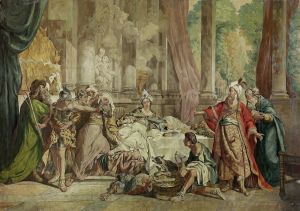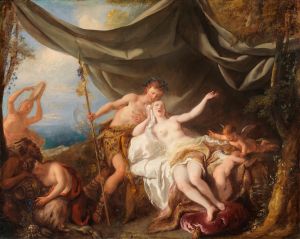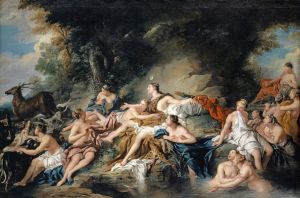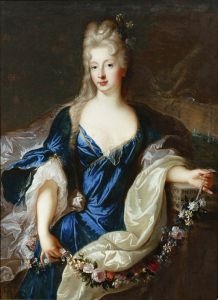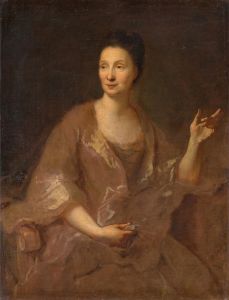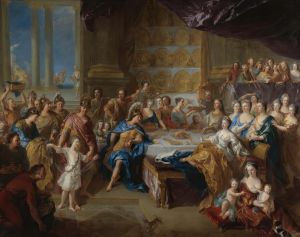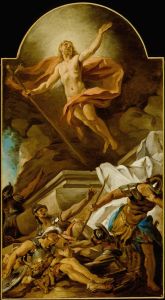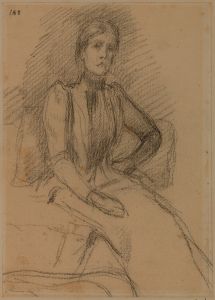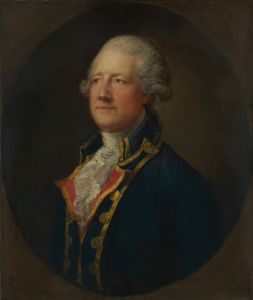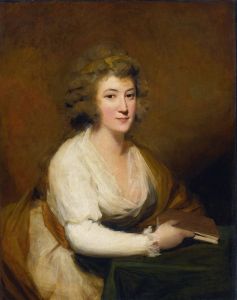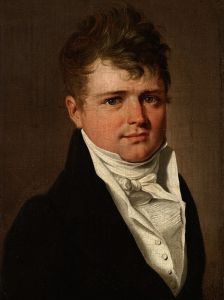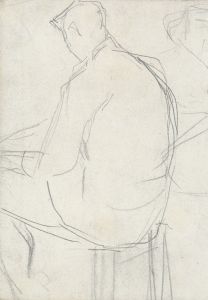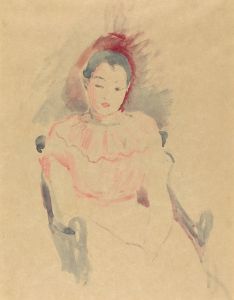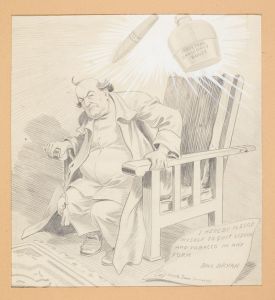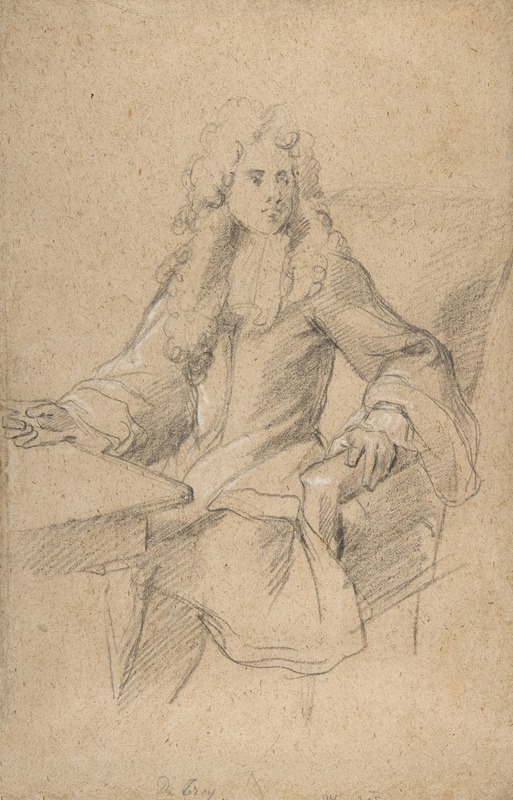
Gentleman Seated at a Table
A hand-painted replica of Jean-François de Troy’s masterpiece Gentleman Seated at a Table, meticulously crafted by professional artists to capture the true essence of the original. Each piece is created with museum-quality canvas and rare mineral pigments, carefully painted by experienced artists with delicate brushstrokes and rich, layered colors to perfectly recreate the texture of the original artwork. Unlike machine-printed reproductions, this hand-painted version brings the painting to life, infused with the artist’s emotions and skill in every stroke. Whether for personal collection or home decoration, it instantly elevates the artistic atmosphere of any space.
Jean-François de Troy was a prominent French Rococo painter and tapestry designer, known for his dynamic compositions and vibrant use of color. One of his notable works is "Gentleman Seated at a Table," which exemplifies his skill in capturing the elegance and sophistication of 18th-century French society.
"Gentleman Seated at a Table" is a fine example of de Troy's ability to depict the leisurely and refined lifestyle of the French aristocracy. The painting portrays a well-dressed gentleman seated at a table, engaged in an activity that suggests contemplation or leisure. The setting is likely an interior space, characterized by the opulent furnishings and decor typical of the Rococo period. The gentleman's attire is indicative of the fashion of the time, with attention to detail in the rendering of fabrics and accessories.
De Troy's work is often celebrated for its narrative quality, and "Gentleman Seated at a Table" is no exception. The painting invites viewers to ponder the thoughts and emotions of the subject, as well as the context of the scene. The artist's use of light and shadow adds depth to the composition, highlighting the textures of the materials and the expressions of the figure.
Jean-François de Troy was born in Paris in 1679 into a family of artists. He received his artistic training under the guidance of his father, François de Troy, who was also a respected painter. Jean-François further honed his skills during his time in Italy, where he studied the works of the Old Masters. Upon returning to France, he became a member of the Royal Academy of Painting and Sculpture and gained recognition for his contributions to the Rococo style.
Throughout his career, de Troy produced a wide range of works, including historical and mythological scenes, portraits, and genre paintings. His ability to capture the essence of his subjects and the elegance of their surroundings made him a sought-after artist among the French elite. In addition to his paintings, de Troy was also involved in designing tapestries, which further showcased his versatility and creativity.
"Gentleman Seated at a Table" reflects the cultural and artistic trends of the 18th century, a time when the Rococo style was at its peak. This style is characterized by its ornate and decorative elements, as well as its focus on themes of love, nature, and leisure. De Troy's work embodies these characteristics, offering a glimpse into the world of the French aristocracy and their pursuit of pleasure and refinement.
The painting is part of a larger body of work by de Troy that continues to be studied and appreciated for its artistic merit and historical significance. His contributions to the Rococo movement have left a lasting impact on the art world, and his works remain an important part of collections in museums and galleries around the world.
In summary, "Gentleman Seated at a Table" by Jean-François de Troy is a testament to the artist's skill in capturing the elegance and sophistication of 18th-century French society. Through his masterful use of color, composition, and narrative, de Troy offers viewers a window into the world of the Rococo, a world defined by its beauty, luxury, and artistic innovation.





